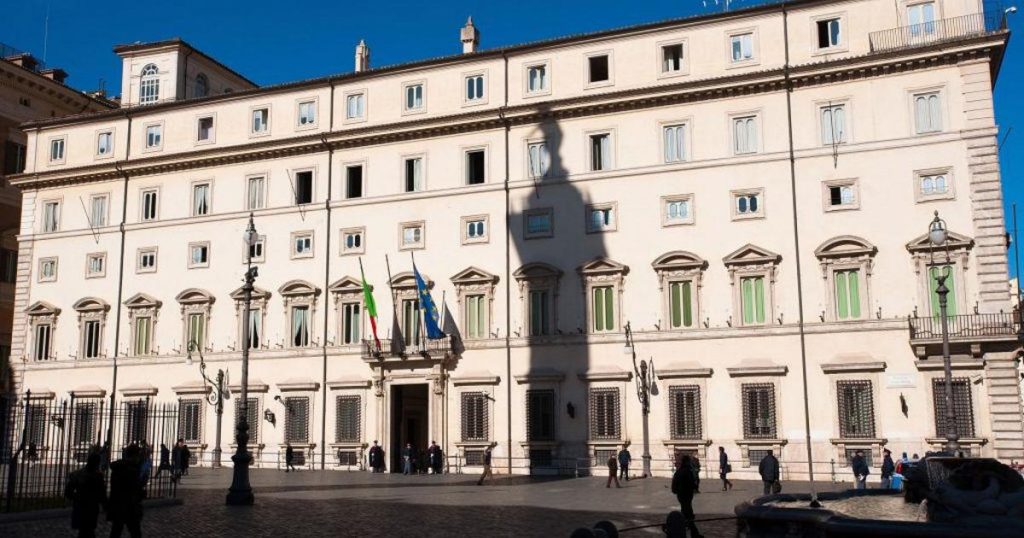Approval is expected tomorrow in the Council of Ministers, but there are still uncertainties surrounding the Economic and Financial Document. Minister of Economy Giancarlo Giorgetti has already described it as “concise,” but despite the essential nature of the final outcome, there are still various issues to be resolved in order to understand the macroeconomic framework expected by the government, particularly the complicated issue of the Superbonus. The Revenue Agency must provide the Ministry of Economy with the summary of the latest communications collected up to April 4th regarding discounts on invoices and the assignment of tax credits for building bonuses for expenses in 2023 and for remaining installments not used for deductions related to expenses in 2020, 2021, and 2022. This past week was the last opportunity to communicate data to the Revenue Agency, given the removal of the remission in bonis provided for in the decree at the end of March, and now the transfer from the Agency to the Ministry will allow technicians to recalculate the impact of the bonuses on public accounts, both on the deficit and, even more so, on the debt. In the Nadef, the net borrowing for this year was set at 4.3% of GDP and the debt at 140.1%. The government is inclined to stay as close as possible to those estimates and, if so, would present only the trend scenario in the Economic and Financial Document. For 2024, the debt level is still around 140% of GDP. However, if the concrete cost to the treasury of building deductions were to differ significantly from the estimates in September, the trend scenario could be accompanied by the programmatic framework.
The latest calculations on the bonuses come from Undersecretary of Economy Federico Freni: over 210 billion euros. It is a colossal figure that exceeds that of the National Recovery and Resilience Plan (PNRR) and is also alarming considering the recent warning from scientists about the deterioration of public health due to lack of funds. On World Health Day, the issue returned to the spotlight due to the appeal made by the union of hospital doctors. According to the Secretary of Anaao-Assomed, Pierino Di Silverio, following the Economic and Financial Document on Tuesday, the government “must make a courageous choice: to recognize the greatest need of this country, to save the two pillars of the welfare state, health and education, everything else – he says – is secondary”, whether it be war, weapons, or “praise for Lotito and company who give 800 million to Serie A football teams.” The union speaks of “15 years of disinvestment” that have led to a 50 billion euro gap and announces demonstrations in Italian cities to involve citizens and institutions starting from April 19th. “We are once again at the bottom of Europe in healthcare spending, which stops at 6.4% of GDP, when the goal should be at least 7%, as stated by the WHO,” emphasizes former minister Beatrice Lorenzin. The government, demands the senator from the Democratic Party, “make a sincere U-turn, meeting the needs of the regions.”
In a statement on April 9th, the Minister of Economy Giancarlo Giorgetti stated that the Economic and Financial Document could be “wrinkled” and “could undergo changes” before its official release. However, the issue of the Superbonus continues to be a major concern, with the need for a clear understanding of its impact on public finances. The Revenue Agency’s data on discounts and tax credits for building bonuses are crucial for recalculating the budget deficit and debt levels. The significant amount of over 210 billion euros for these deductions highlights the potential strain on public funds, especially in light of the challenges facing the healthcare system. The call from the union of hospital doctors to prioritize healthcare and education funding indicates a pressing need for increased investment in these essential areas. The government’s decision on how to allocate resources in the Economic and Financial Document will have a significant impact on the country’s future economic stability and social well-being.
The current situation in Italy reflects a broader trend in Europe, where healthcare spending remains below recommended levels. The union’s criticism of decades of underinvestment in healthcare underscores the importance of addressing this issue to ensure the sustainability of the healthcare system. The government’s response to the union’s demands and the potential for demonstrations in Italian cities indicate growing public concern over healthcare funding and the need for immediate action. The focus on saving the welfare state’s pillars of health and education highlights the critical role these sectors play in societal well-being and economic development. The upcoming decisions on budget allocations and policy priorities will shape Italy’s ability to address the challenges facing its healthcare system and support the country’s recovery and resilience in the post-pandemic era.


